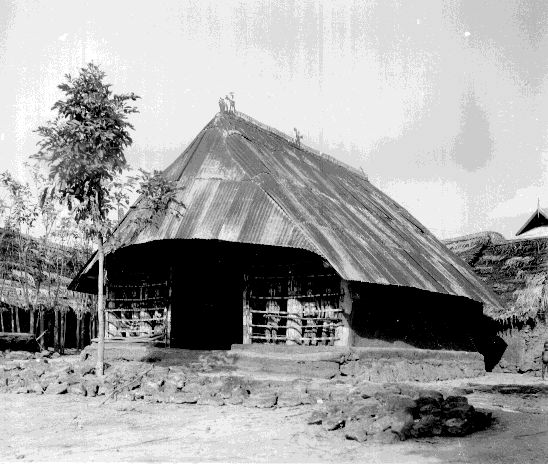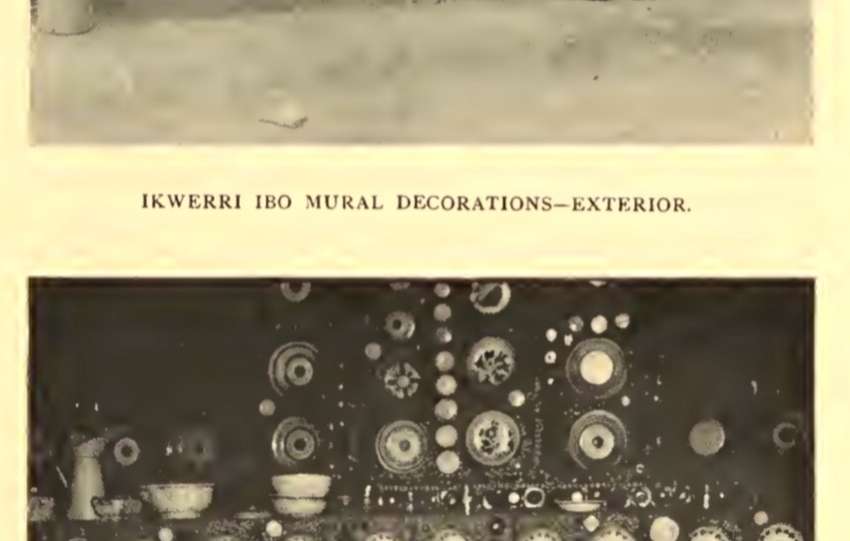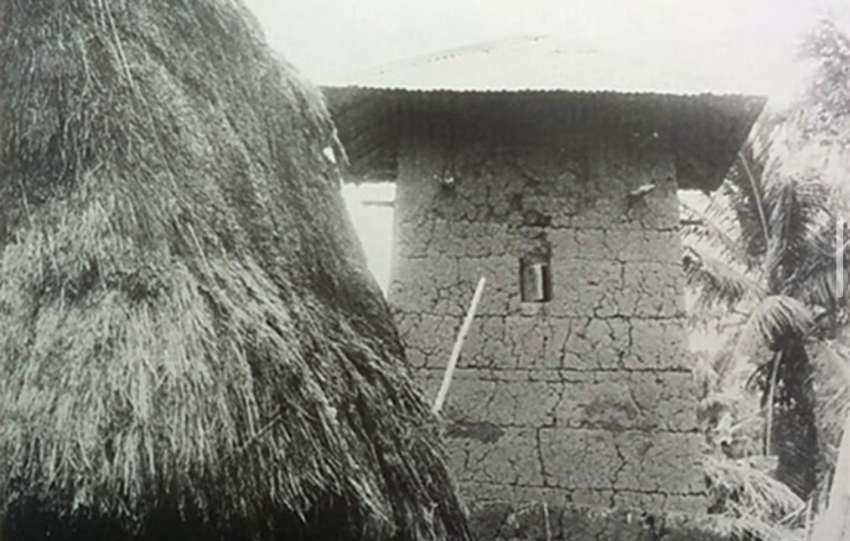
The Obu serves as the traditional assembly hall for titled elders, where important decisions regarding the community are made. It is a symbol of authority, unity, and cultural identity, deeply rooted in the heritage of the Abiriba people, who are part of the Cross River Igbo group.
The Obu/Obi/Obiri house in Abiriba, often referred to as the “Enachikwu” in some contexts, is a significant cultural and historical structure.
The architecture of an Obu house is remarkable for its intricacy, especially the carved wooden pillars that support the structure. These pillars are not merely structural but also decorative and symbolic, often depicting images of ancestors, gods, animals, and significant cultural motifs. Each pillar tells a story, linking the present community to its past, emphasizing the importance of lineage, status, and continuity in Abiriba’s history.
Inside, the Obu house is typically a large open space, which allows for gatherings of the community’s elders, titled men, and sometimes the larger community during festivals or important ceremonies. The design is usually intended to accommodate the specific needs of the elders, who sit in designated places according to their rank and title.
The Obu house is not just an architectural feat but also a spiritual and social center. It houses various ritual objects, ancestral relics, and sometimes sacred shrines. This space is often used for initiation rites, title-taking ceremonies, and other community rituals.
In Abiriba, these structures are central to preserving their unique history and cultural identity. The town itself, known for its wealth and craftsmanship, often reflected in the grandeur of these Obu houses, represents the pride and dignity of its people.




